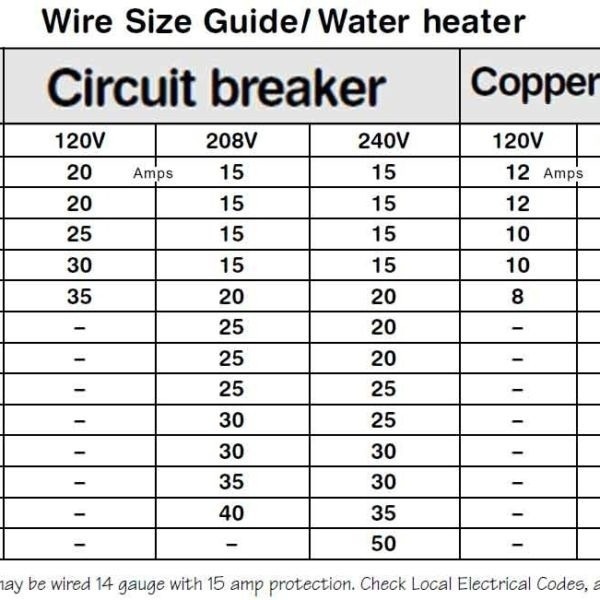
When the cross-sectional area of a wire is doubled, the AWG will decrease by 3.The sixth power of 39√ 92 is very close to 2, which leads to the following rules of thumb: For an m/0 AWG wire, use n = −( m − 1) = 1 − m in the above formulas. Sizes with multiple zeros are successively larger than No. 0 and can be denoted using " number of zeros/0", for example 4/. ASTM B258-02 also dictates that wire diameters should be tabulated with no more than 4 significant figures, with a resolution of no more than 0.0001 inches (0.1 mils) for wires larger than No. 44 AWG, and 0.00001 inches (0.01 mils) for wires No. 45 AWG and smaller. The standard ASTM B258-02 (2008), Standard Specification for Standard Nominal Diameters and Cross-Sectional Areas of AWG Sizes of Solid Round Wires Used as Electrical Conductors, defines the ratio between successive sizes to be the 39th root of 92, or approximately 1.1229322. Any two successive gauges (e.g., A and B ) have diameters whose ratio (dia. Because each successive gauge number increases cross sectional area by a constant multiple, diameters vary geometrically. The ratio of these diameters is 1:92, and there are 40 gauge sizes from No. 36 to No. 0000, or 39 steps. 36 AWG is 0.005 inches in diameter, and No. 0000 is 0.46 inches in diameter. Because there are also small gaps between the strands, a stranded wire will always have a slightly larger overall diameter than a solid wire with the same AWG.ĪWG is also commonly used to specify body piercing jewelry sizes (especially smaller sizes), even when the material is not metallic. The AWG of a stranded wire is determined by the cross-sectional area of the equivalent solid conductor. The AWG tables are for a single, solid and round conductor. Manufacturers of wire formerly had proprietary wire gauge systems the development of standardized wire gauges rationalized selection of wire for a particular purpose.


Very fine wire (for example, 30 gauge) required more passes through the drawing dies than 0 gauge wire did. This gauge system originated in the number of drawing operations used to produce a given gauge of wire. Increasing gauge numbers denote decreasing wire diameters, which is similar to many other non-metric gauging systems such as British Standard Wire Gauge (SWG), but unlike IEC 60228, the metric wire-size standard used in most parts of the world. The cross-sectional area of each gauge is an important factor for determining its current-carrying ampacity. Dimensions of the wires are given in ASTM standard B 258. For other uses, see AWG (disambiguation).Īmerican Wire Gauge ( AWG), also known as the Brown & Sharpe wire gauge, is a logarithmic stepped standardized wire gauge system used since 1857, predominantly in North America, for the diameters of round, solid, nonferrous, electrically conducting wire.


 0 kommentar(er)
0 kommentar(er)
